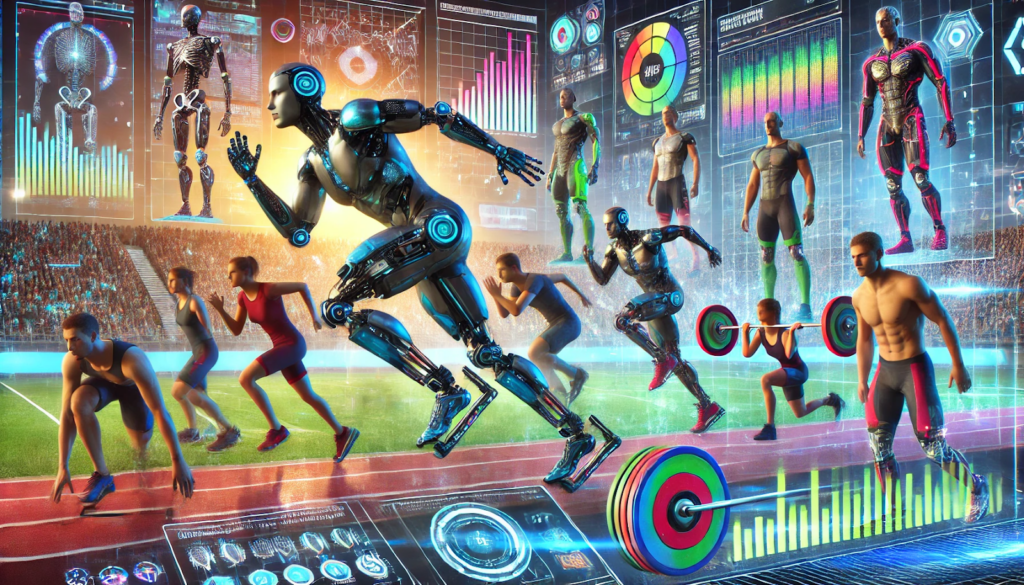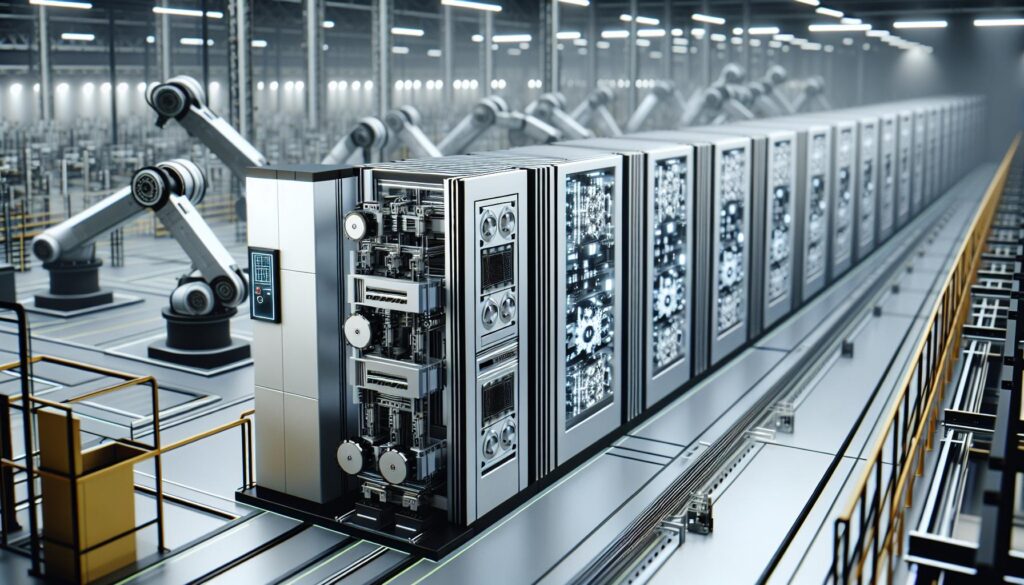The intersection of technology and athletics continues to push boundaries once thought impossible. Just as sports enthusiasts search for a 1xbet promo code free spins to gain advantages in gaming, athletes now use bionic enhancements to achieve peak performance. These technological innovations are reshaping our understanding of human capability and creating new categories of competition.
Current Applications of Bionics in Professional Sports
Bionic technology has made significant strides in recent years, with applications ranging from training to competition. Advanced prosthetics in Paralympic sports demonstrates how carbon fiber blades now enable amputee sprinters to achieve times comparable to non-disabled athletes. This technology represents just the beginning of what promises to be a revolution in sports performance.
Professional athletes increasingly use bionic enhancements for training and recovery:
- Exoskeleton-assisted strength training for targeted muscle development
- Neural stimulation technologies for accelerated muscle recovery
- Motion-capture systems paired with AI for perfect technique analysis
- Micro-robotics for injury prevention and rehabilitation
- Computer-brain interfaces for optimized reaction times
- Bioactive implants for real-time physiological monitoring
- Smart textiles that enhance movement patterns
Ethical and Regulatory Challenges in Bionic Sports
The integration of bionics into sports raises important questions about fairness and competition categories. Sports regulation and bionic enhancement ethics examines how sporting bodies are creating new frameworks to accommodate technological advancement while preserving competitive integrity.

Research suggests that the coming decade will require entirely new regulatory approaches. The traditional distinctions between “natural” and “enhanced” performance become increasingly blurred as technologies like exoskeletons move from rehabilitation tools to performance enhancers. Sports governing bodies now face unprecedented challenges in defining fair competition.
Future Possibilities and Market Transformations
The evolution of bionic sports technologies will transform not just athletics but also how fans engage with sports. New viewing experiences and competitive categories are emerging, creating fresh opportunities for engagement. Here, fans will find new ways to participate in these emerging sports formats, similar to how they currently engage with traditional sports.
The market for sports technology continues to expand, with annual investment exceeding $5 billion globally. This growth parallels increased interest in emerging sports categories, creating new commercial opportunities. Statistical analysis indicates that viewership for technology-enhanced sports competitions has grown by 28% annually over the past five years.

Leading researchers project that fully integrated bionic sports leagues could emerge within the next decade. These competitions would feature athletes using standardized enhancement technologies, similar to how motorsports regulate vehicle specifications. This standardization would maintain competitive balance while showcasing technological innovation.
Medical applications of sports-derived bionic technology present another promising development area. Innovations originally designed for elite athletes increasingly benefit patients requiring mobility assistance or rehabilitation. This creates a virtuous cycle where commercial sports applications help fund medical research.
The convergence of bionics and athletics represents one of the most significant transformations in sports history. By redefining physical possibilities, these technologies open new competitive frontiers while challenging our traditional understanding of human achievement. As bionic integration continues to advance, we witness the birth of entirely new categories of athletic competition and human capability.



